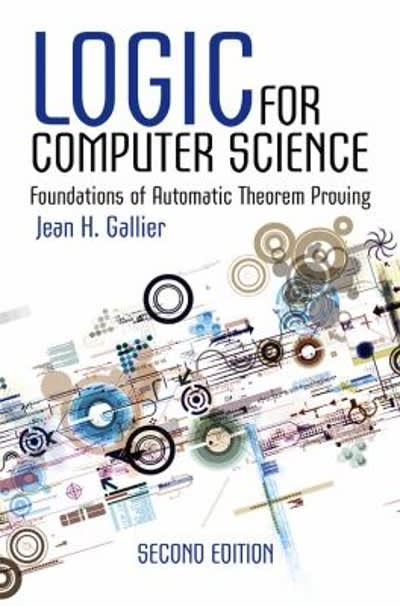Question
Most advancement professionals can explain why annual fund dollars are important. They provide an important source of flexible and spendable revenue that has an impact
Most advancement professionals can explain why annual fund dollars are important. They provide an important source of flexible and spendable revenue that has an impact on today's students, faculty, and programs. For most educational institutions, the majority of donors will be alumnialthough there are other key donor groups such as parents, students, faculty, staff, and friends
In 2020, alumni collectively donated $11.37 billion to their colleges and universities, according to an annual report from the nonprofit Council for Aid to Education. That is an increase of 14.5 percent from the prior year, which the report attributes, at least in part, to a strong stock market. Some colleges and universities have a particularly high percentage of former students who make financial contributions. In that period, the 10 institutions with the highest percentages of undergraduate alumni donors boasted an average giving rate of 51.5 percent.
Alumni donor count is used to calculate alumni participation by dividing it by the number of living alumni on record. For example, if your institution has 100,000 alumni of record (i.e., living with a good address) and 20,000 of them made a gift last year, your alumni participation rate is 20%. The importance of alumni participation cannot be understated; for example, U.S. News & World Report's Best Colleges, the most prominent college ranking, weighs alumni donor participation in evaluating a school.
University-X is applying classification methods in order to identify alumni who may be interested in donating money. The university has a database of 58,205 alumni profiles containing numerous variables. In the past, of the 58,205 alumni 3,850 have donated. The university has sampled the data and trained a KNN classification algorithm with k=10. For a cutoff value of 0.5, the following confusion matrix summarizes the performance of the validation set:
Predicted | ||
Actual | Donation | No Donation |
Donation | 2102 | 539 |
No Donation | 4209 | 33017 |
The following table lists some information on individual observations from the validation set:
Observation ID | Actual Class | Probability of Donation | Predicted Class |
A | Donation | 0.8 | Donation |
B | No Donation | 0.1 | No Donation |
C | No Donation | 0.6 | Donation |
Explain how the probability of Donation was computed for the 3 observations using the KNN classification algorithm, and why were observations A and C classified as Donation and observation B was classified as No Donation. Provide a brief but formal report with your answer.
Notes:
The solution involves two parts - a theoretical understanding of the classification algorithm and its application in a business scenario. Additionally, review this rubric to help you address this case.
Step by Step Solution
There are 3 Steps involved in it
Step: 1

Get Instant Access to Expert-Tailored Solutions
See step-by-step solutions with expert insights and AI powered tools for academic success
Step: 2

Step: 3

Ace Your Homework with AI
Get the answers you need in no time with our AI-driven, step-by-step assistance
Get Started


